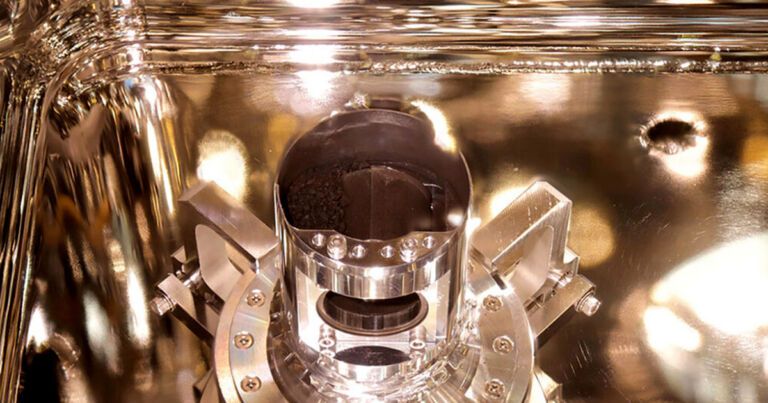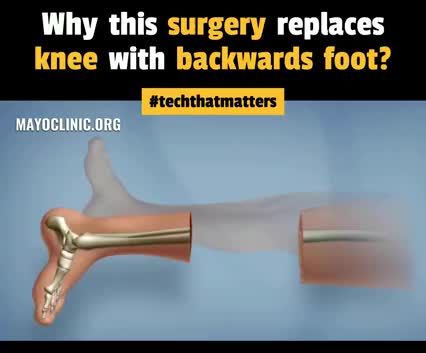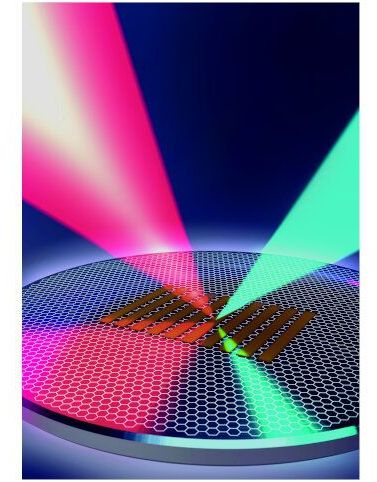Residents will pay for everything with a new cryptocurrency “Akoin.”



So young and already so evolved: Thanks to observations obtained at the Large Binocular Telescope, an international team of researchers coordinated by Paolo Saracco of the Istituto Nazionale di Astrofisica (INAF, Italy) was able to reconstruct the wild evolutionary history of an extremely massive galaxy that existed 12 billion years ago, when the universe was only 1.8 billion years old, less than 13% of its present age. This galaxy, dubbed C1-23152, formed in only 500 million years, an incredibly short time to give rise to a mass of about 200 billion suns. To do so, it produced as many as 450 stars per year, more than one per day, a star formation rate almost 300 times higher than the current rate in the Milky Way. The information obtained from this study will be fundamental for galaxy formation models for objects it for which it is currently difficult to account.
The most massive galaxies in the universe reach masses several hundred billion times that of the sun, and although they are numerically just one-third of all galaxies, they contain more than 70% of the stars in the universe. For this reason, the speed at which these galaxies formed and the dynamics involved are among the most debated questions of modern astrophysics. The current model of galaxy formation—the so-called hierarchical model—predicts that smaller galaxies formed earlier, while more massive systems formed later, through subsequent mergers of the pre-existing smaller galaxies.
On the other hand, some of the properties of the most massive galaxies observed in the local universe, such as the age of their stellar populations, suggest instead that they formed at early epochs. Unfortunately, the variety of evolutionary phenomena that galaxies can undergo during their lives does not allow astronomers to define the way in which they formed, leaving large margins of uncertainty. However, an answer to these questions can come from the study of the properties of massive galaxies in the early universe, as close as possible to the time when they formed most of their mass.
Voicebots, humanoids and other tools capture memories for future generations.
What happens after we die—digitally, that is? In this documentary, WSJ’s Joanna Stern explores how technology can tell our stories for generations to come.
Old photos, letters and tapes. Tech has long allowed us to preserve memories of people long after they have died. But with new tools there are now interactive solutions, including memorialized online accounts, voice bots and even humanoid robots. WSJ’s Joanna Stern journeys across the world to test some of those for a young woman who is living on borrowed time. Photo illustration: Adele Morgan/The Wall Street Journal.
More from the Wall Street Journal:
Visit WSJ.com: http://www.wsj.com.
Visit the WSJ Video Center: https://wsj.com/video.
On Facebook: https://www.facebook.com/pg/wsj/videos/
On Twitter: https://twitter.com/WSJ
On Snapchat: https://on.wsj.com/2ratjSM
#WSJ #Tech #Documentary

San Francisco-area startup Astra became the latest U.S. rocket builder to reach space on Tuesday, with the successful launch of its Rocket 3.2 vehicle from Kodiak, Alaska.
The rocket came just shy of reaching orbit, with Astra CEO Chris Kemp telling reporters after the launch that the vehicle reached the target altitude of 390 kilometers but was “just a half a kilometer per second short” of the target orbital velocity.
“This far exceeded our team’s expectations,” Kemp said.

“When we actually opened it, I was speechless,” JAXA scientist Hirotaka Sawada said, as quoted by The Guardian. “It was more than we expected and there was so much that I was truly impressed.”
The quality of the sample was outstanding.
“It wasn’t fine particles like powder, but there were plenty of samples that measured several millimeters across,” Sawada added, according to The Guardian.

Dogs are cool!
Sources:
- … See More.
Like.
Comment.
Dogs were shaped during the course of domestication both in their behavior and in their anatomical features. Here we show that domestication transformed the facial muscle anatomy of dogs specifically for facial communication with humans. A muscle responsible for raising the inner eyebrow intensely is uniformly present in dogs but not in wolves. Behavioral data show that dogs also produce the eyebrow movement significantly more often and with higher intensity than wolves do, with highest-intensity movements produced exclusively by dogs. Interestingly, this movement increases paedomorphism and resembles an expression humans produce when sad, so its production in dogs may trigger a nurturing response. We hypothesize that dogs’ expressive eyebrows are the result of selection based on humans’ preferences.


CSL’s Systems and Networking Research Group (SyNRG) is defining a new sub-area of mobile technology that they call “earable computing.” The team believes that earphones will be the next significant milestone in wearable devices, and that new hardware, software, and apps will all run on this platform.
“The leap from today’s earphones to ‘earables’ would mimic the transformation that we had seen from basic phones to smartphones,” said Romit Roy Choudhury, professor in electrical and computer engineering (ECE). “Today’s smartphones are hardly a calling device anymore, much like how tomorrow’s earables will hardly be a smartphone accessory.”
Instead, the group believes tomorrow’s earphones will continuously sense human behavior, run acoustic augmented reality, have Alexa and Siri whisper just-in-time information, track user motion and health, and offer seamless security, among many other capabilities.

In a new study an international research team led by the University of Vienna has shown that structures built around a single layer of graphene allow for strong optical nonlinearities that can convert light. The team achieved this by using nanometer-sized gold ribbons to squeeze light, in the form of plasmons, into atomically-thin graphene. The results, which are published in Nature Nanotechnology are promising for a new family of ultra-small tunable nonlinear devices.
In the last years, a concerted effort has been made to develop plasmonic devices to manipulate and transmit light through nanometer-sized devices. At the same time, it has been shown that nonlinear interactions can be greatly enhanced by using plasmons, which can arise when light interacts with electrons in a material. In a plasmon, light is bound to electrons on the surface of a conducting material, allowing plasmons to be much smaller than the light that originally created them. This can lead to extremely strong nonlinear interactions. However, plasmons are typically created on the surface of metals, which causes them to decay very quickly, limiting both the plasmon propagation length and nonlinear interactions. In this new work, the researchers show that the long lifetime of plasmons in graphene and the strong nonlinearity of this material can overcome these challenges.
In their experiment, the research team led by Philip Walther at the University of Vienna (Austria), in collaboration with researchers from the Barcelona Institute of Photonic Sciences (Spain), the University of Southern Denmark, the University of Montpellier, and the Massachusetts Institute of Technology (USA) used stacks of two-dimensional materials, called heterostructures, to build up a nonlinear plasmonic device. They took a single atomic layer of graphene and deposited an array of metallic nanoribbons onto it. The metal ribbons magnified the incoming light in the graphene layer, converting it into graphene plasmons. These plasmons were then trapped under the gold nanoribbons, and produced light of different colors through a process known as harmonic generation. The scientists studied the generated light, and showed that, the nonlinear interaction between the graphene plasmons was crucial to describe the harmonic generation.
